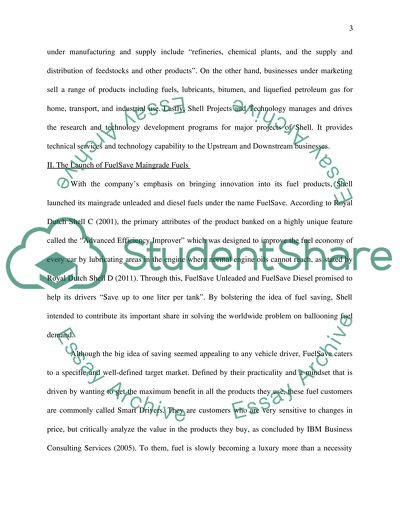Cite this document
(“Public relations campaign for Shell FuelSave Essay”, n.d.)
Retrieved from https://studentshare.org/marketing/1393363-mkt2012
Retrieved from https://studentshare.org/marketing/1393363-mkt2012
(Public Relations Campaign for Shell FuelSave Essay)
https://studentshare.org/marketing/1393363-mkt2012.
https://studentshare.org/marketing/1393363-mkt2012.
“Public Relations Campaign for Shell FuelSave Essay”, n.d. https://studentshare.org/marketing/1393363-mkt2012.


